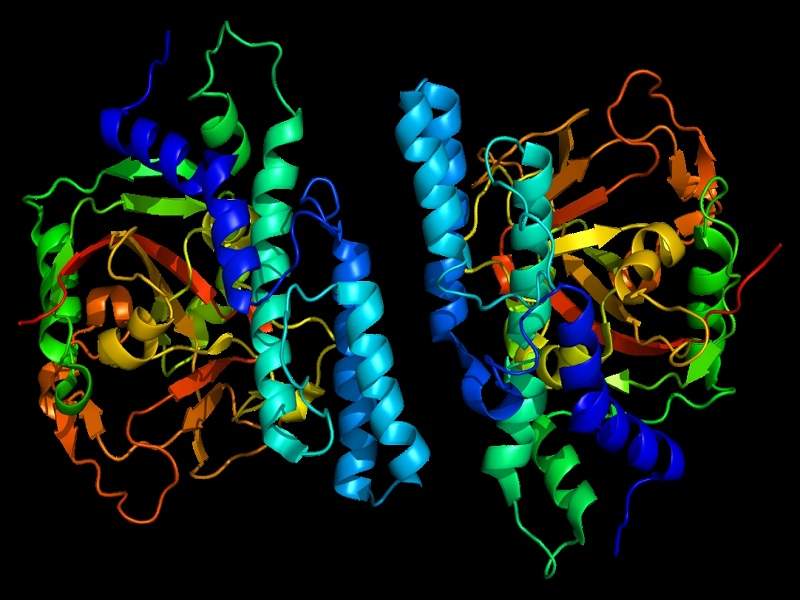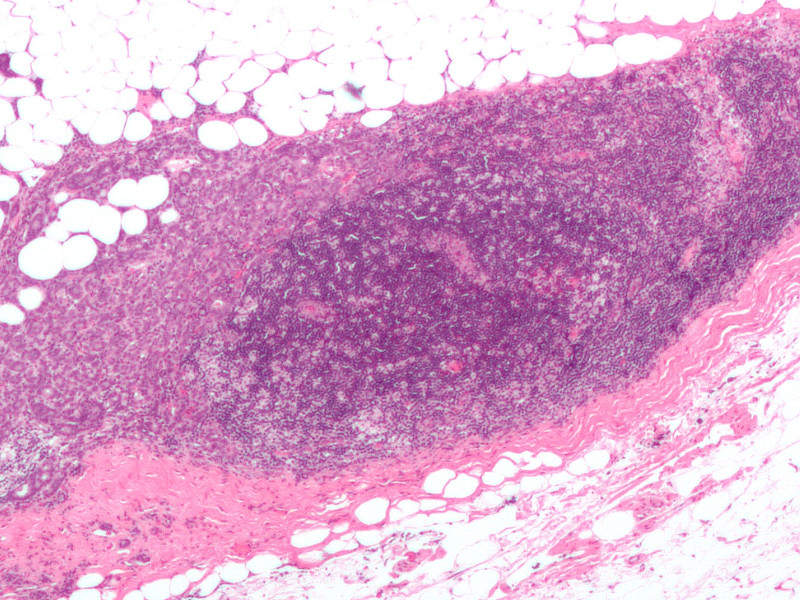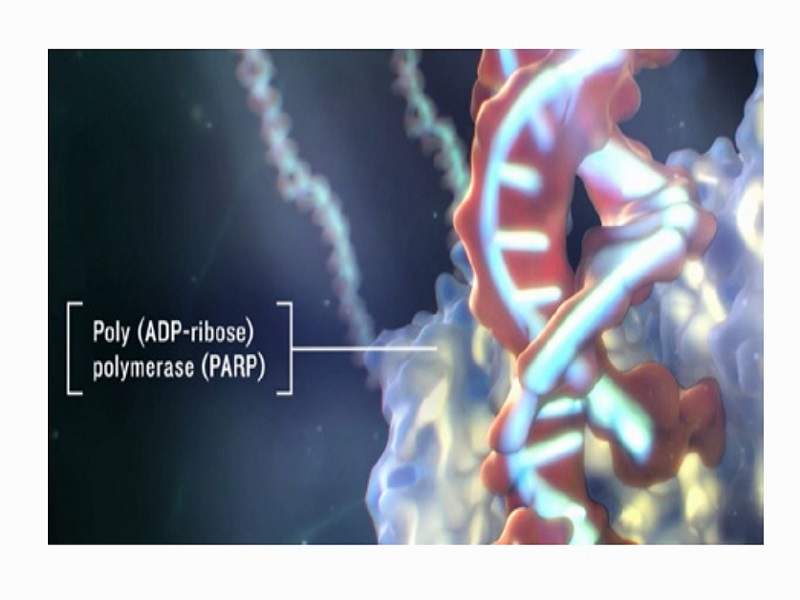Talzenna™ (talazoparib) is an inhibitor of the poly adenosine diphosphate (ADP) ribose polymerase (PARP) enzyme that is indicated for the treatment of human epidermal growth factor receptor 2 (HER2) negative breast cancer in adult patients with the BRCA-mutated (gBRCAm) gene.
The drug was originally developed by BioMarin Pharmaceutical, which sold its rights to the drug to Medivation in August 2015 for $570m. Pfizerthen acquired Medivation in August 2016 for $14bn.
The US Food and Drug Administration (FDA) accepted a new drug application (NDA) for the drug in June 2018 and granted priority review status. The FDA later approved the drug ahead of its target action date in October.
A marketing authorisation application (MAA) for talazoparib was also accepted by the European Medicines Agency (EMA) in June 2018.
HER2-negative metastatic breast cancer causes and symptoms
Breast cancer is either HER2-negative or HER2-positive. HER2-negative metastatic breast cancer is an advanced form of the disease where the HER2 protein does not appear on the surface of the breast cancer tumour cells. Such cells grow slowly and are less likely to recur or spread to various parts of the body compared with HER2-positive cells.
Certain risk factors related to the development of breast cancer are old age, alcohol consumption, obesity and hormone replacement therapy. There can also be a hereditary risk.
Some common symptoms of the disease are lumps or swelling in the breast, skin texture or colour change around breast, unusual discharge from nipples, redness, rash, or discomfort.
Breast cancer is one of the most frequent death-causing cancers among women, affecting 2.1 million annually. A total of approximately 627,000 breast cancer deaths were reported in 2018 globally, which represents 15% of all the death-causing cancers in women.
Talzenna (talazoparib) mechanism of action
Talazoparib is a dual-mechanism inhibitor of the PARP1 and PARP2 enzymes, which are responsible for DNA repair of cancer tumour cells. It induces cytotoxicity, which inhibits PARP enzymatic activit, increases formation of PARP-DNA complexes, prevents cancer cell DNA damage repair and causes decreased cell growth and cell death.
Talzenna™ is administered as an oral, once-daily drug available in 0.25mg and 1mg strength capsules in 30-count bottles.
Clinical trials on Talzenna
The FDA’s approval of Talzenna™ was based on data from a Phase III clinical study named Embraca. The open-label, randomised study enrolled 431 patients with HER2-negative metastatic breast cancer with no more than three prior cytotoxic chemotherapy regimens. The primary endpoint of the trial was progression-free survival (PFS).
Out of the 431 patients, 408 (95%) were confirmed to have deleterious or suspected deleterious gBRCAm with a clinical trial assay. In addition, around 354 (82%) of patients were using Myriad Genetic Laboratories’ FDA-approved BRACAnalysis CDx® invitro diagnostic device.
The trial met the primary endpoint, with patients administered with talazoparib demonstrating statistically significant median PFS of 8.6 months compared with 5.6 months of median PFS in patients treated with chemotherapy.
Patients receiving Talzenna™ achieved 50.2% objective response rate (ORR), whereas those on chemotherapy achieved 18.4% ORR.
Nausea, fatigue, anaemia, neutropenia, headaches, thrombocytopenia, vomiting, alopecia, diarrhoea and reduced appetite were the common treatment-related adverse events noticed during the clinical trial.










